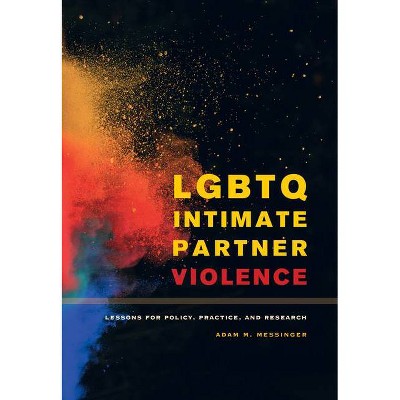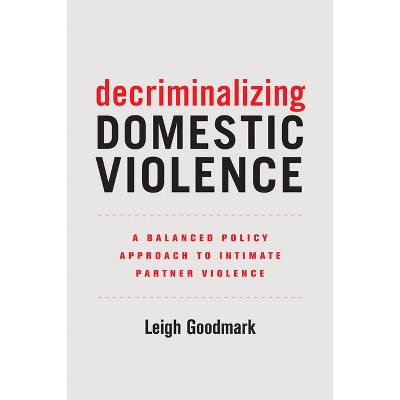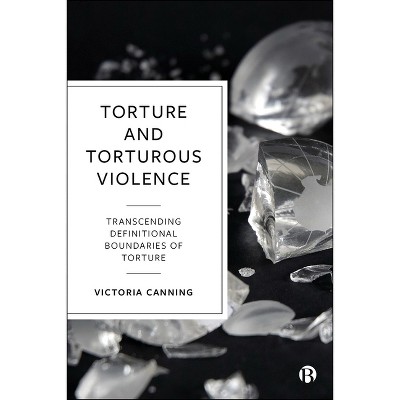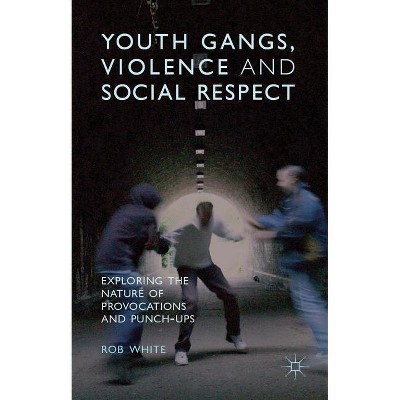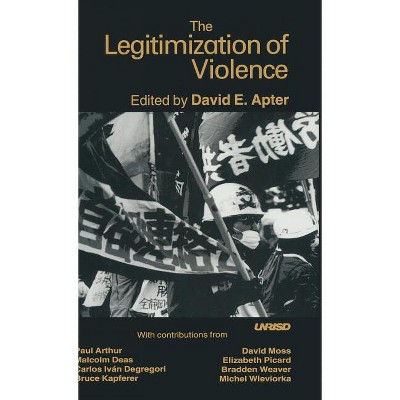Sponsored

Insights from Film Into Violence and Oppression - by John P Lovell (Hardcover)
In Stock
Sponsored
About this item
Highlights
- This book brings specialists in religious studies, African-American studies, history, and political science, together with a media librarian to examine violence as it is presented in films and how instructors can use films to teach about violence.
- About the Author: JOHN P. LOVELL is Professor Emeritus of Political Science at Indiana University, Bloomington, and was the first (1989-1994) Director of the multidisciplinary Indiana Center on Global Change and World Peace.
- 184 Pages
- Social Science, Criminology
Description
About the Book
This book brings specialists in religious studies, African-American studies, history, and political science, together with a media librarian to examine violence as it is presented in films and how instructors can use films to teach about violence. The object of inquiry is the vulnerability of socially oppressed people to physical violence and to institutionalized patterns of discrimination, herein termed structural violence. The susceptibility of women to violence provides an example that is discussed in detail, revealing both merits and weaknesses in film treatment of gender. The full effect of violence is considered, from the abuse of the individual to the wartime mobilization of entire societies. Chapters also look at the benefits and problems of using films in the classroom and provide resources helpful to instructors, such as sample discussion and study guides, a bibliography, and a filmography.
Book Synopsis
This book brings specialists in religious studies, African-American studies, history, and political science, together with a media librarian to examine violence as it is presented in films and how instructors can use films to teach about violence. The object of inquiry is the vulnerability of socially oppressed people to physical violence and to institutionalized patterns of discrimination, herein termed structural violence. The susceptibility of women to violence provides an example that is discussed in detail, revealing both merits and weaknesses in film treatment of gender. The full effect of violence is considered, from the abuse of the individual to the wartime mobilization of entire societies. Chapters also look at the benefits and problems of using films in the classroom and provide resources helpful to instructors, such as sample discussion and study guides, a bibliography, and a filmography.Review Quotes
"[This book's] interdisciplinary approach to the role of film and violence in our culture makes the text valuable not only in film studies courses, but for any course dealing with oppression and violence, including women's studies, political science, sociology, and popular culture courses....[I]t promises to spark lively debate and thoughtful analysis."-Lynn Kamenitsa Assistant Professor of Political Science and Women's Studies Northern Illinois University
"This book is a stimulating and informative guide for integrating film in teaching. It offers a provocative theoretical discussion--especially insightful are several chapters that examine gender, violence and domination--combined with useful practical applications, such as advice on classroom techniques and an extensive review of resources, including book and the internet."-Eugene Rosi Executive Assistant to the President Pine Manor College
"This book is a valuable resource not only for teachers who offer courses specifically focused on questions of violence and oppression, but also for those who are looking for innovative approaches to teaching about politics and society more generally. Contributors provide careful analysis of the ways specific films can help students creatively explore fundamental questions about power, identity, community, violence, and the nature of the 'good life'."-Kristen D. Parris Associate Professor of Political Science Western Washington University
"This book recognizes the power of film in modern society and in the lives of our students. I have found that film provides a unique and powerful tool for touching and changing student lives. The book builds on the attractiveness of film as a teaching tool while recognizing the dangers inherent in the medium."-John W. Williams Professor of Political Science Principia College
"This book suggests that film can be a way of initiating a thoughtful and constructive response to violence. In fact, film is an unusually powerful and underused resource for teaching about that old fashioned but invaluable subject, political morality. This collection explores the resources of film as a diagnostic tool that makes us aware of what's wrong with the world. Movies serve as moral teachers and even offer inspiration. [This] book will be an invaluable aid for anyone who wants to make thoughtful use of film. The essays are well argued; the pedagogical and substantive issues are helpfully explored."-David H. Smith Director, The Poynter Center Indiana University
"Violence can be domestic and subtle as well as abroad and brutal. This volume will help bring these issues alive through the use of film...A reflective discussion and resource book for those of us not yet skilled in the use of media in tackling difficult subjects in the classroom."-Judith H. Stiehm Professor of Political Science Florida International University
About the Author
JOHN P. LOVELL is Professor Emeritus of Political Science at Indiana University, Bloomington, and was the first (1989-1994) Director of the multidisciplinary Indiana Center on Global Change and World Peace.Shipping details
Return details
Trending Non-Fiction

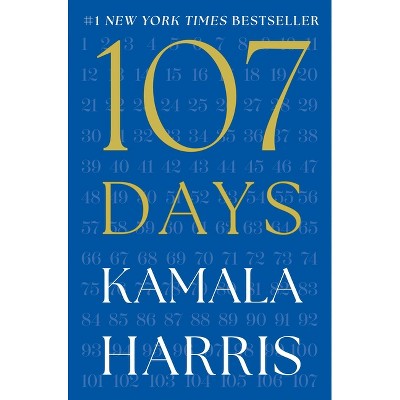
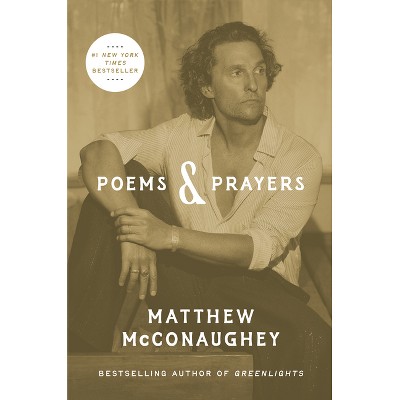
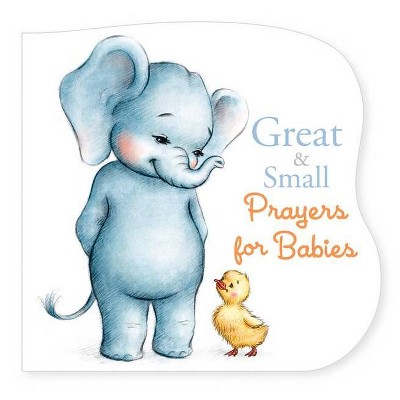
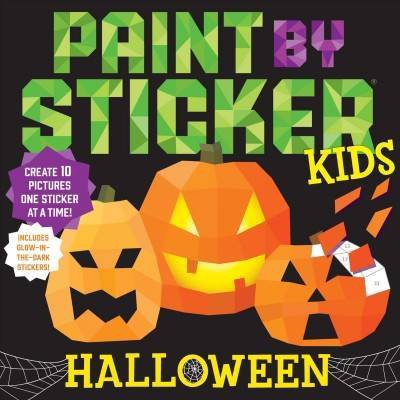

Discover more options
